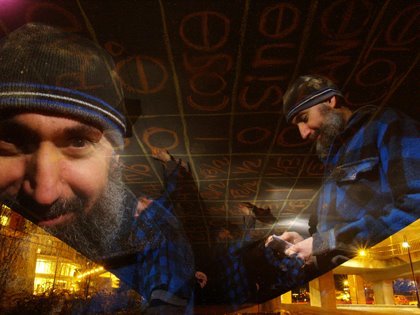In much the same manner that
the industrial revolution brought about a surge of literacy in natural languages, the advent of the
Internet in combination with
low-cost computing has brought about a surge in the need to be literate in the language of mathematics.
Due to these advancements, math has become an integral part of our society and the need to be literate in this language a necessity.
There are, however, some
major problems.
Many education systems across the globe are
under stress and
failing. The causes are
vast and
varied, so we’ll refrain from discussing the
details of
this collapse but instead focus on
possible solutions to our
predicament.
It is my belief that access to a good education is a human right, an obligatory gift from one generation to the next, and as long as we have access to an
open,
unfiltered,
and uncensored Internet, then we,
as a global community, can
make a difference. We can fill the gap left behind by our governments and institutions by becoming proactive educators.
For my part, I will try and show how beautiful, how powerful, how useful and how easy it is to learn the bare minimum we need to know about the language of mathematics to enhance our lives. To achieve this task I am producing instructional videos for all major topics covered in secondary school math curriculums in Canada and the United State, i.e., all major topics starting with
The Real Number Set up to and including an introductory course in Calculus and one for Probability and Statistics.
Content is being presented in an
online video text book format and organized into
two main Tables of Contents: One geared towards teaching the rules and principles that we use in math, and the other geared towards applying this information in real life. This is the essence of this site, teaching
The Language of Mathematics to those who want to use
Math in Real Life.
As for how you can support this project: It takes a tremendous amount of time and energy to produce this work, so, if you enjoy this work, if you are finding the information on this site useful, and if you would like to support this project, and can afford it, then please consider making a
donation.
Peace,
 From the series, "Shots in the Dark" by Jonathan Dy
From the series, "Shots in the Dark" by Jonathan Dy.


